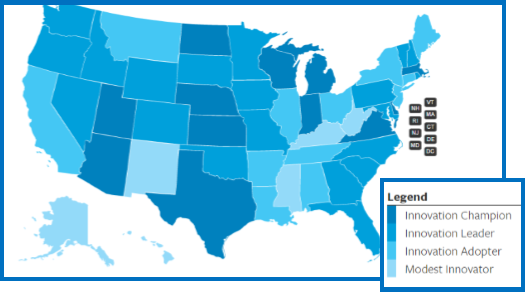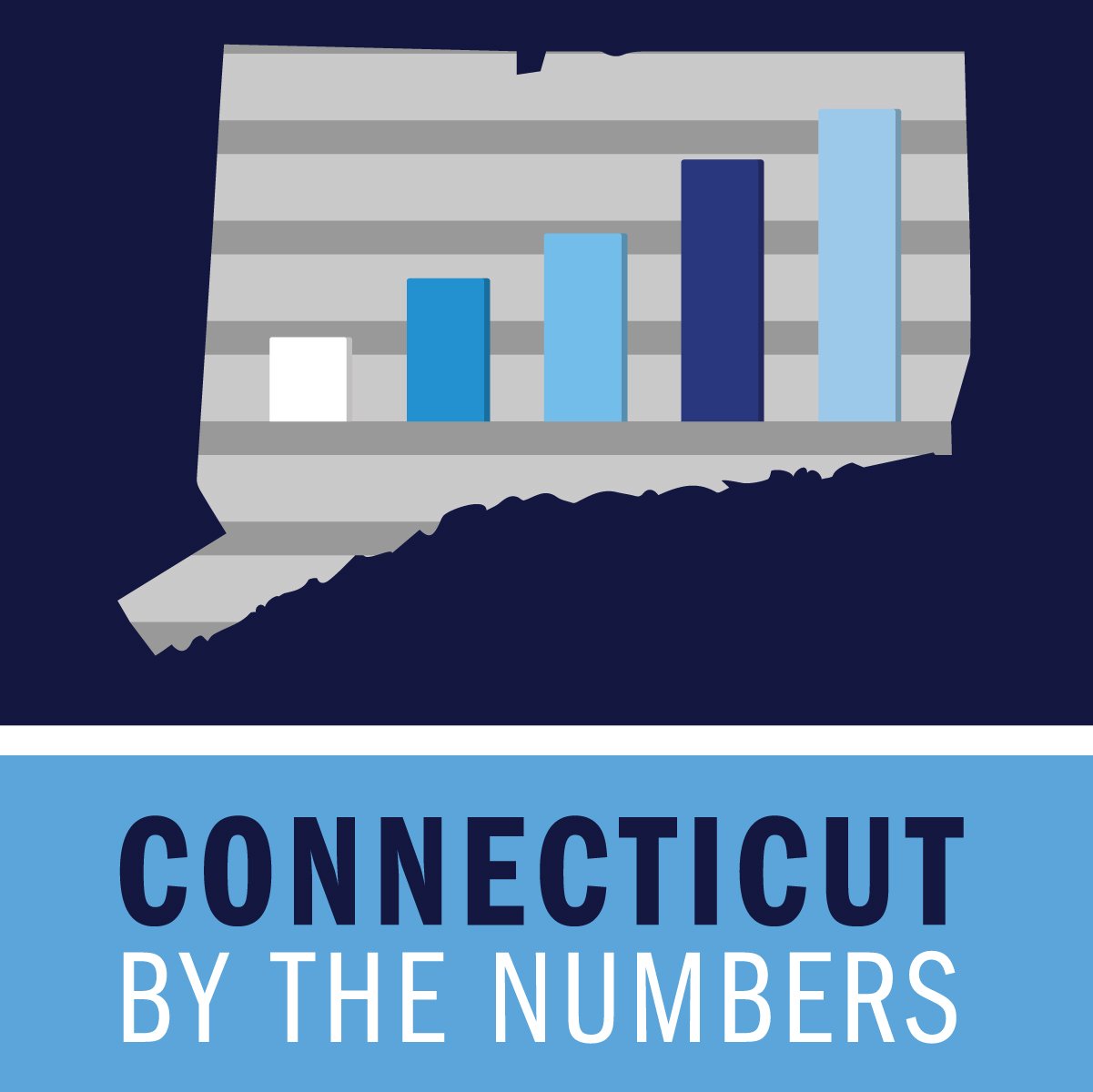New Haven to Host Regional Economic Development Conference for Northeast
/Each year, the Northeastern Economic Developers Association convenes a conference of practitioners and thinkers from throughout the region who learn and do business together. For the organization’s 60th annual conference this fall, the selected theme of “Transportation at the Crossroads” is designed “to help us bring a big idea to life - increasing economic self-sufficiency and vibrancy for citizens, businesses and communities.” The city selected to host the landmark event is New Haven.
“We are broadly defining transportation to include moving people, cargo and data,” explain conference organizers of the event, expected to bring more than 250 professionals in a range of economic development areas to the September 11-13 conference. 
NEDA will offer sessions in New Haven in the priority topic areas related to the transportation theme - a broad array of program topics, professional tools and networking opportunities that will provide high value to conference attendees.
Who is expected to attend? Organizers anticipate community planners; representatives of banks, specialty lenders and investors; Chambers of Commerce leaders; developers; economic development organizations and consultants; engineering service firms; entrepreneurs; municipal planners, place-makers; policy makers; transportation planners and implementers; and federal, state, regional and local government representatives.
Keynote speakers include state and federal officials, including Governor Malloy; state Economic and Community Development Commissioner Catherine Smith; Transportation Commissioner James Redeker; Alissa DeJonge, Vice President of Research for the Connecticut Economic Resource Center; and New Haven Mayor Toni Harp. In addition, former Gov. Parris N. Glendening of Maryland, President of Smart Growth America’s Leadership Institute and the Governors’ Institute on Community Design, a technical assistance program run in partnership with the EPA-DOT Partnership for Sustainable Communities and Smart Growth America, will address the conference, as will Congressman Bill Shuster, Chairman of the U.S. House Transportation and Infrastructure Committee.
The conference will also recognize outstanding initiatives throughout the region, including the Project of the Year, Program of the Year, Educator of the Year, Member of the Year, and a series of marketing awards in categories including branding, marketing and promotion, and economic development content. Nominations must be submitted (by NEDA members) by June 24.
Through NEDA membership, economic development practitioners, officials, and volunteer leaders develop and perfect their development tools, network with others in the field, and partner regionally to do the work of economic development, according to organization officials.
The NEDA “core philosophy” will be reflected in the conference sessions. It reads “We believe economic development is inseparably intertwined with both community development and the leveraging of community assets to drive change. By forming collaborative partnerships with organizations pursuing goals similar to ours, local resources are maximized and the foundation for community sustainability is established from local stakeholders and small businesses committed to their common future.”
NEDA members “build stronger economies throughout the Northeastern United States,” including Connecticut, Delaware, Maine, Massachusetts, Maryland, New Hampshire, New Jersey, New York, Pennsylvania, Rhode Island, and Vermont, as well as the District of Columbia.
https://youtu.be/iphybn4GS8U



 In addition to its impact on drivers, the AMA notes that blue-rich LED streetlights operate at a wavelength that most adversely suppresses melatonin during night. It is estimated that white LED lamps have five times greater impact on circadian sleep rhythms than conventional street lamps, the AMA indicated. Recent large surveys, according to the AMA, found that brighter residential nighttime lighting is associated with reduced sleep times, dissatisfaction with sleep quality, excessive sleepiness, impaired daytime functioning and obesity.
In addition to its impact on drivers, the AMA notes that blue-rich LED streetlights operate at a wavelength that most adversely suppresses melatonin during night. It is estimated that white LED lamps have five times greater impact on circadian sleep rhythms than conventional street lamps, the AMA indicated. Recent large surveys, according to the AMA, found that brighter residential nighttime lighting is associated with reduced sleep times, dissatisfaction with sleep quality, excessive sleepiness, impaired daytime functioning and obesity.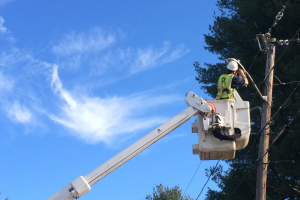
 The Conversation website is a collaboration between editors and academics to provide "informed news analysis and commentary that’s free to read and republish." It
The Conversation website is a collaboration between editors and academics to provide "informed news analysis and commentary that’s free to read and republish." It 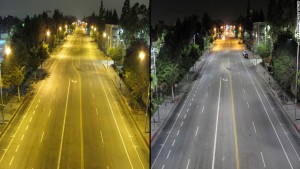 PHOTO: Traditional street lighting (left) vs. LED lighting (right).
PHOTO: Traditional street lighting (left) vs. LED lighting (right).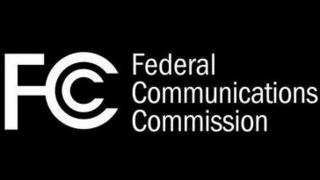



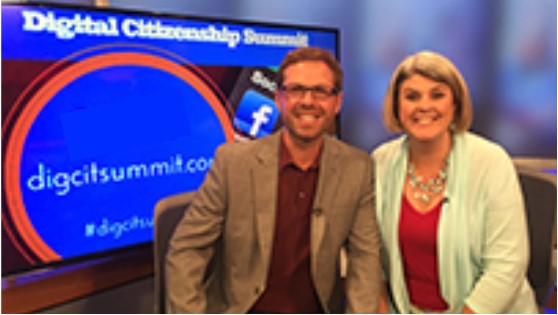








 Already, 2.9 million freelancers earned more than $100,000 last year, up from 2 million who hit the six-figure mark just four years earlier, according to MBO Partners. The report indicated that 60 percent of freelancers surveyed said they started freelancing by choice—up from 53 percent last year—and 67percent of freelancers agree that more people are choosing to work independently today compared to three years ago.
Already, 2.9 million freelancers earned more than $100,000 last year, up from 2 million who hit the six-figure mark just four years earlier, according to MBO Partners. The report indicated that 60 percent of freelancers surveyed said they started freelancing by choice—up from 53 percent last year—and 67percent of freelancers agree that more people are choosing to work independently today compared to three years ago.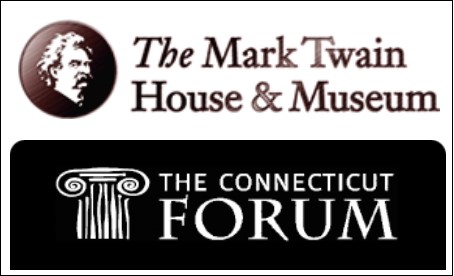
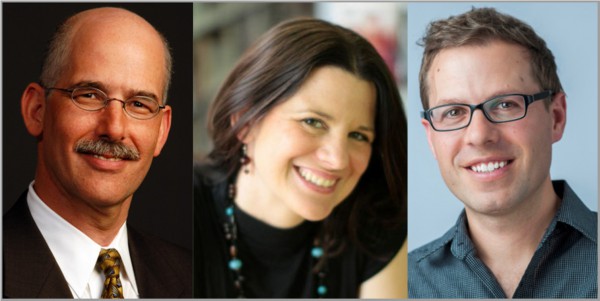
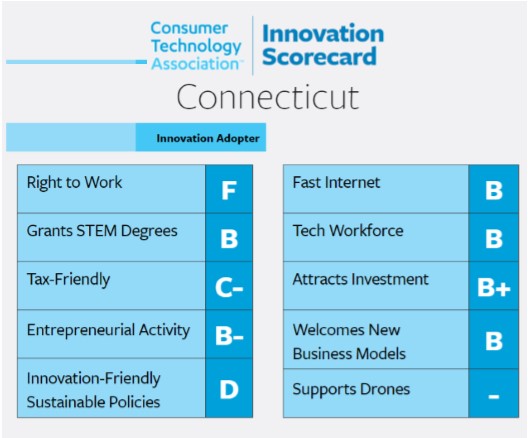
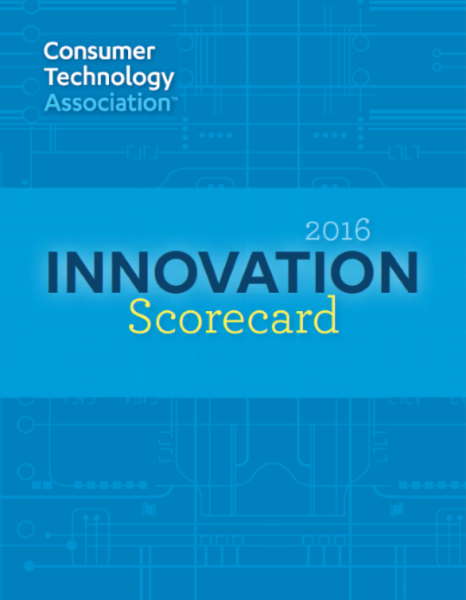
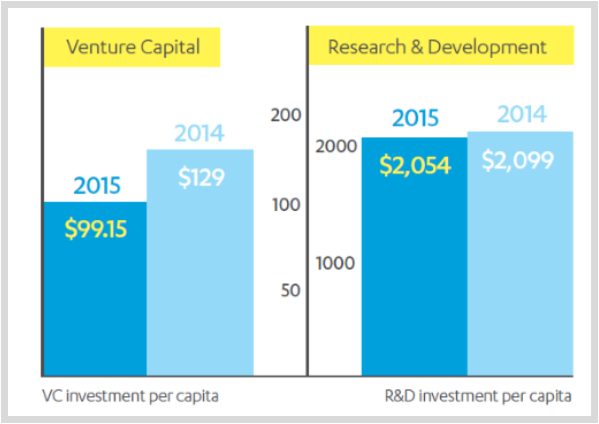 The report also highlights an area of decline in Connecticut: “Over $100 million of venture capital left Connecticut in 2015, causing the state to lose ground after earning an ‘A-’ in the category in the inaugural 2015 Scorecard. Connecticut should improve its tax code, which is among the least growth-friendly in the country, and reform regulations that stifle innovation.”
The report also highlights an area of decline in Connecticut: “Over $100 million of venture capital left Connecticut in 2015, causing the state to lose ground after earning an ‘A-’ in the category in the inaugural 2015 Scorecard. Connecticut should improve its tax code, which is among the least growth-friendly in the country, and reform regulations that stifle innovation.”